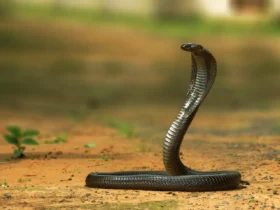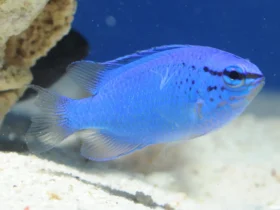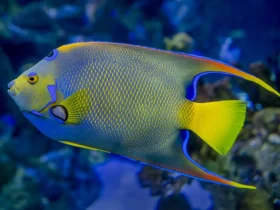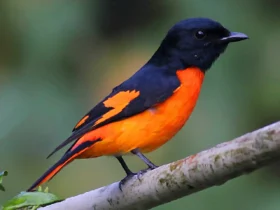Female octopuses lay hundreds of thousands of eggs at once and will stay to protect them from hungry predators until they hatch…
Insect Eggs
Insects lay multiple eggs at once and sometimes build “impressive” nests to lay their eggs. Insect eggs come in various shapes and exhibit impressive camouflage techniques. Some species lay their eggs in water, and the newly hatched insects are suited for their early life in the water before transitioning to the air. Ants and termites, for example, take great care in tending to their eggs, even regulating humidity and pH levels for optimal conditions.
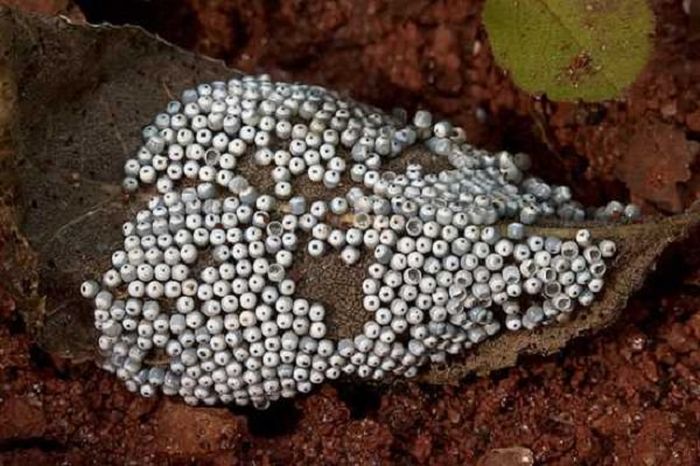
Bird Eggs
Even after hatching, young birds are still very vulnerable and require more care. Bird eggs are made of calcium carbonate, the main component of seashells and pearls. The eggs are often tapered at one end due to pressure while inside the mother bird’s abdomen. Many bird species incubate their eggs by sitting on them to keep them warm, while others may secretly lay their eggs in the nests of other birds to avoid the responsibility of caring for the young.
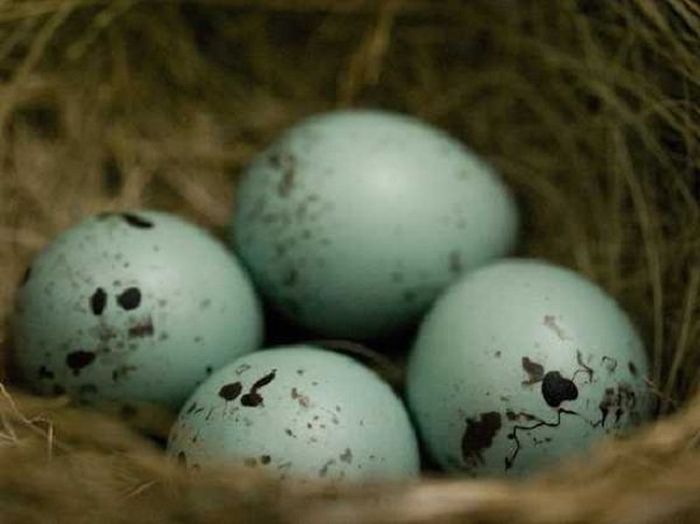
Fish Eggs
Females typically lay eggs, and males release sperm into those eggs. In some species, males and females never encounter each other. Unlike octopuses that often stay to protect their offspring, fish parents usually do not do much and let the offspring develop on their own. Millions of fish eggs are laid, making it even impossible for hungry predators to consume all of them before they hatch. Some eggs are deposited on surfaces such as rocks or reefs, while many species allow the eggs to float freely in the water, sometimes drifting hundreds of kilometers away.
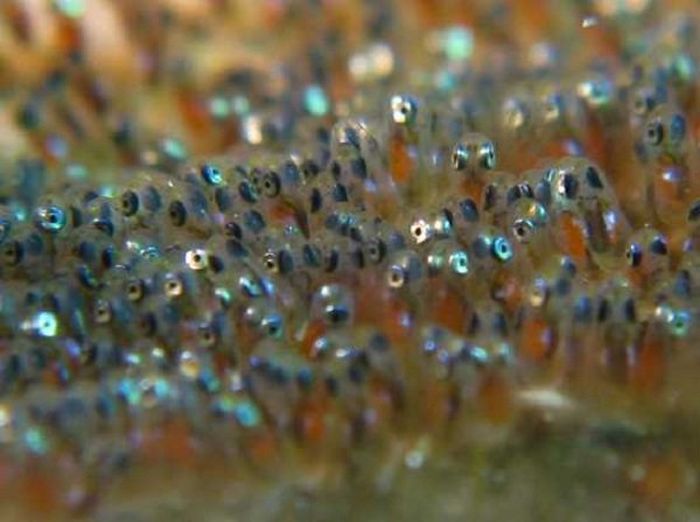
Octopus Eggs
Female octopuses lay hundreds of thousands of eggs at once and will stay to protect them from hungry predators until they hatch. Due to the extended period of egg protection before hatching, female octopuses become very hungry, and some individuals may even resort to cannibalizing their own arms to survive. When thousands of baby octopuses hatch, they are provided with ephemeral organisms as food until they are large enough to live independently on the seafloor like adults. Female octopuses are often preyed upon immediately after leaving their nests because, after the period of egg care, they have become too weak to defend themselves.
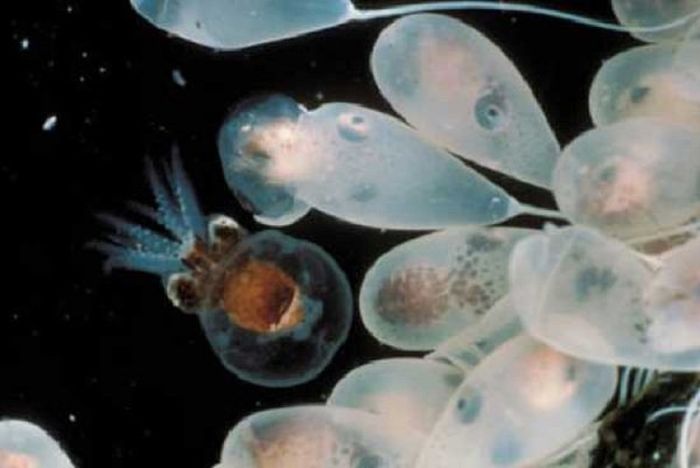
Dinosaur Eggs
Some dinosaur species laid multiple eggs in the same nest and protected them, while others scattered their eggs randomly. Dinosaur eggs are shaped like pills or water droplets. They are much larger than eggs of any other animal, measuring over 60 cm in length and 20 cm in width. The eggshells have numerous small pores that allow air to enter the embryo. Larger eggs require thicker shells to support the weight of the egg.

Shark Eggs
The reason is that the eggs are enclosed in a thin capsule made of collagen. These capsules are often square or rectangular with sharp corners or tendrils. Some shark species, such as the Port Jackson shark, have spiral-shaped eggs resembling drill bits that protect them in the sand. Shark eggs can wash up on beaches and are usually the size of a human hand. Sharks lay eggs and nurture them inside their bodies until they hatch. Some eggs contain multiple shark embryos, and to ensure that only the strongest individuals survive, they often cannibalize each other within the egg before hatching.
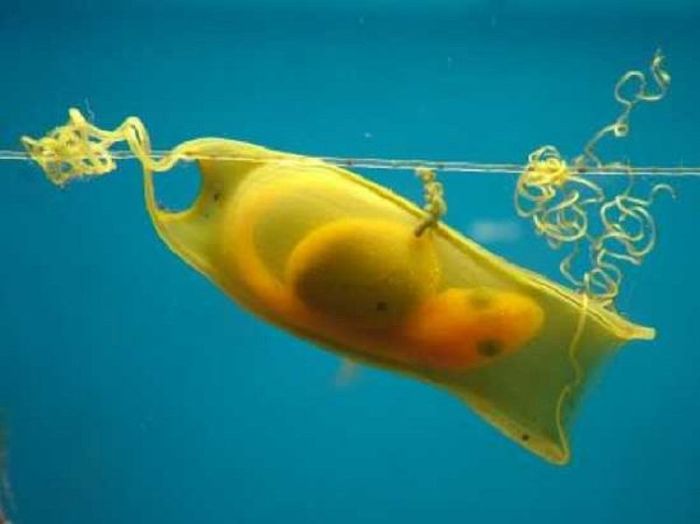
Amphibian Eggs
Therefore, the eggs of amphibians are often laid in water, surrounded by a gelatinous substance to keep them together. When the eggs hatch, they are called “tadpoles” and have a body but no limbs. They swim around like fish, even though they initially lack a mouth, and sustain themselves with the remaining yolk from the egg, which is absorbed through their skin.
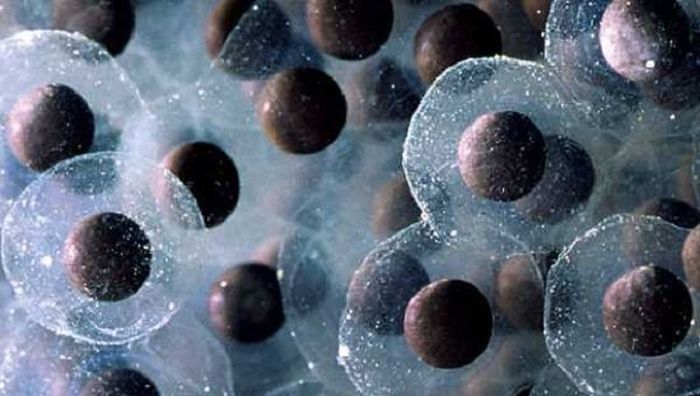
Eventually, tadpoles develop mouths, limbs, gills, and mature into adults. A few amphibian species become tadpoles and develop into small individuals even before hatching, so they do not rely on living in water at all.



